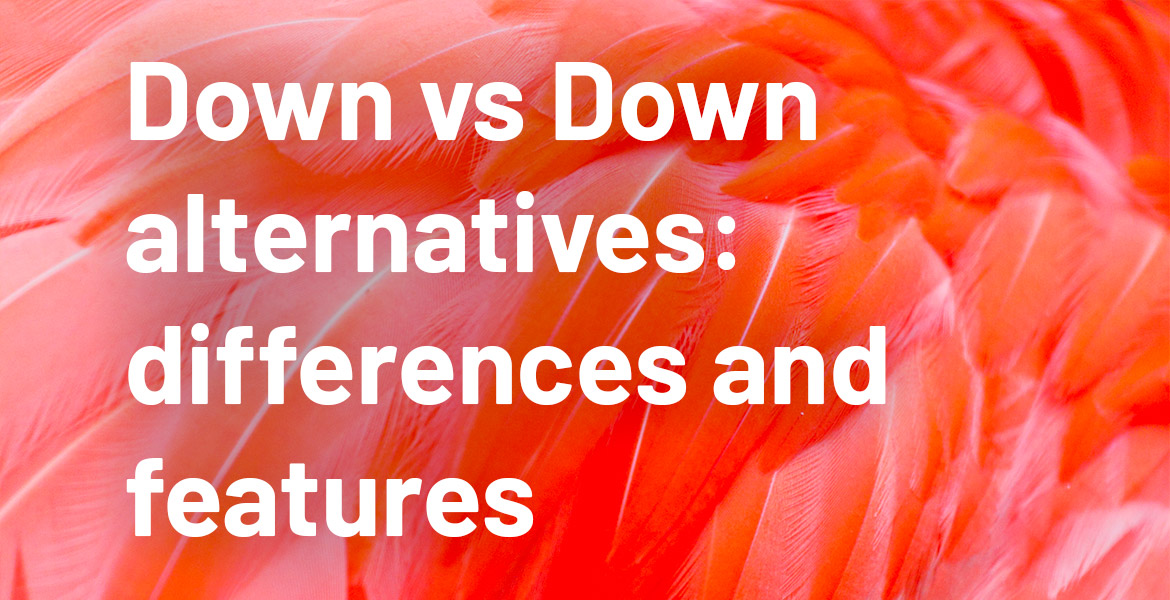One might think such a question should be reserved to evoke the imagination of a child, or to embolden the undeveloped humor of a teenager. As insignificant of a question as it may seem, it directly parallels the way in which we use technology to gather information in any context or industry… yes, even the textile industry.
In an age where technology is more integrated in our lives than ever before, answers to questions that were once unanswerable, or out of reach are now accessible to anyone who has an internet connection. Where do our clothes come from? How does textile processing impact the environment? What does sustainability mean? Are the workers within this industry treated ethically? What are the most responsible textiles and insulations to use?
How significant is the textile industry?
In an article titled “Where Do Our Clothes Come From?” the 2018 World Trade Organization (WTO) Review found that the “current dollar value of world textiles (SITC 65) and apparel (SITC 84) exports totaled $296.1 billion and $454.5 billion respectively in 2017, increased by 4.2% and 2.8% from a year earlier.” With the majority of manufacturing done all over the Far East, it may come as no surprise that China is the largest exporter accounting for 36% of total global exports. “Far behind at 5%, India was the second largest exporter followed by Bangladesh and Germany” stated in the article. In other words, the textile industry is massive.
When dealing with this magnitude of businesses, it’s natural for problems to arise. Historically, the textile industry has been linked with destructive manufacturing that’s harmful to the environment, unethical animal treatment, and multifaceted issues such as child labor, and overall unsafe environments for employees. What’s the solution? A commitment to sustainability through ethical manufacturing and regulated sourcing.
Educated Brands, providers, and Consumers…
So, now that we’ve, to some degree checked recent numbers of internet users, and quantified the textile industry monetarily and geographically, the next questions are: who’s consciously taking action to achieve and maintain sustainable developments, designs, and certifications?
In the garment accessory domain, for example, the largest zipper manufacturer’s NATULON® product line is designed for customers who want to increase the recycled content of their products. These types of zippers are made from recycled materials such as PET bottles using materials recycling technologies.
In the thermal insulation domain Repreve converts recycled bottles into insulation fiber which is used by apparel brands, but also provide recycled solutions for home goods and décor. Additional insulation brand providers include 3M, Polartec, Primaloft, Sorona, and Thermore, which is arguably the most innovative insulation supplier in the sustainability domain.
Thermore is an Italian-based polyfill supplier. Founded in 1972, they’ve pioneered the development of recycled PET fibers. In a 2016 Textile World article titled “Thermore® Ecodown®: Green Is The New Black,” it was revealed that Thermore was the first company to introduce a thermal insulation made from recycled fibers from PET bottles back in the 1980’s! The article further explained Ecodown, a 100% recycled rolled/sheeted insulation. The sustainable trajectory has continued with the latest advancement in Thermore’s first down alternative, Ecodown Fibers, which is 100% recycled free fiber product. With the demand to migrate away from down insulation being stronger than ever before, this synthetic alternative seems to have come at the right time.
Brands…
In an article titled “16 Best Sustainable Fashion Brands You Can Actually Trust,” www.goodhousekeeping.com considered five variables as a way to identify the most ethically sound brands. Subjects evaluated included water usage, hazardous chemicals, short life cycle, waste, and agriculture. Among the 16 brands, Eileen Fisher, Athleta, and H&M Conscious made the list. The number one spot, however, was none other than… that’s right, you guessed it… Levi’s! Just because some brands didn’t make this particular list, it doesn’t necessarily mean that other brands aren’t committed sustainable solutions. Quite the contrary.
Banana Republic and Old Navy for example announced their Goals to Accelerate Sustainable Product Offerings. In April 2019 Polo Ralph Lauren launched their eco-friendly rendition of the iconic polo shirt called The Earth Polo, which is made entirely of recycled water bottles. Polo Ralph Lauren has committed to recycling 170 million plastic bottles by 2025.
There you have it, x-ray vision is no longer a fleeting fantasy, its real, and it comes in the form of transparency and traceability. We need to mirror our technological capabilities with the highest ethical standards.
It was Voltaire who said, “with great power comes great responsibility,” or was it from one of the five Spider Man movies released in the past decade? Who knows, but it’s wise advice, nonetheless.



